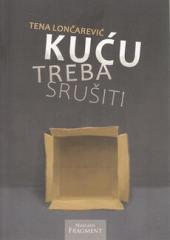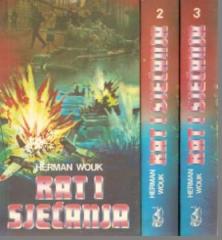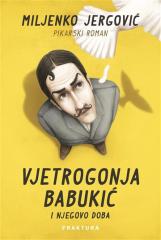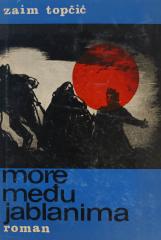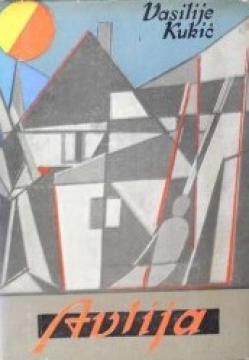
Avlija
„Dvorište“ je dubinska analiza ljudskih odnosa u bosanskom kontekstu, gde Kukić istražuje univerzalne teme ljubavi, slobode i morala kroz prizmu zajednice u dvorištu, sa snažnim osećajem za lokalni kolorit i istorijsku atmosferu.
Roman „Avlija“ smešten je u mali grad u Bosni i Hercegovini za vreme osmanske vladavine, i kroz priču o maloj zajednici u dvorištu istražuje ljudske sudbine, moralne dileme i društvene odnose. Dvorište, kao centralni simbol, predstavlja zatvoreni svet u kome se mešaju različite kulture, religije i sudbine, odražavajući složenost bosanskog multikulturalnog društva.
Radnja prati svakodnevni život stanovnika dvorišta: od trgovaca i zanatlija do običnih ljudi suočenih sa ljubavnim, porodičnim i egzistencijalnim izazovima. Kroz niz epizoda, Kukić prikazuje sukobe između tradicije i modernosti, individualnih želja i kolektivnih normi. Likovi su složeni – svako nosi svoje terete, od neostvarenih snova do skrivene krivice. Posebno se ističu likovi starog imama, čija mudrost i melanholija povezuju priče, i mlade devojke čija ljubavna priča simbolizuje čežnju za slobodom.
Kukićev stil je realističan, sa naglaskom na detaljnim opisima mesta radnje i psihološkoj introspekciji. Jezik je bogat, prožet lokalnim izrazima, što daje autentičnost predstavljanju bosanskog miljea. Roman se čita kao mozaik priča, gde dvorište postaje metafora za život - prostor suživota, ali i sukoba.
One copy is available
- Nedostaje omot
